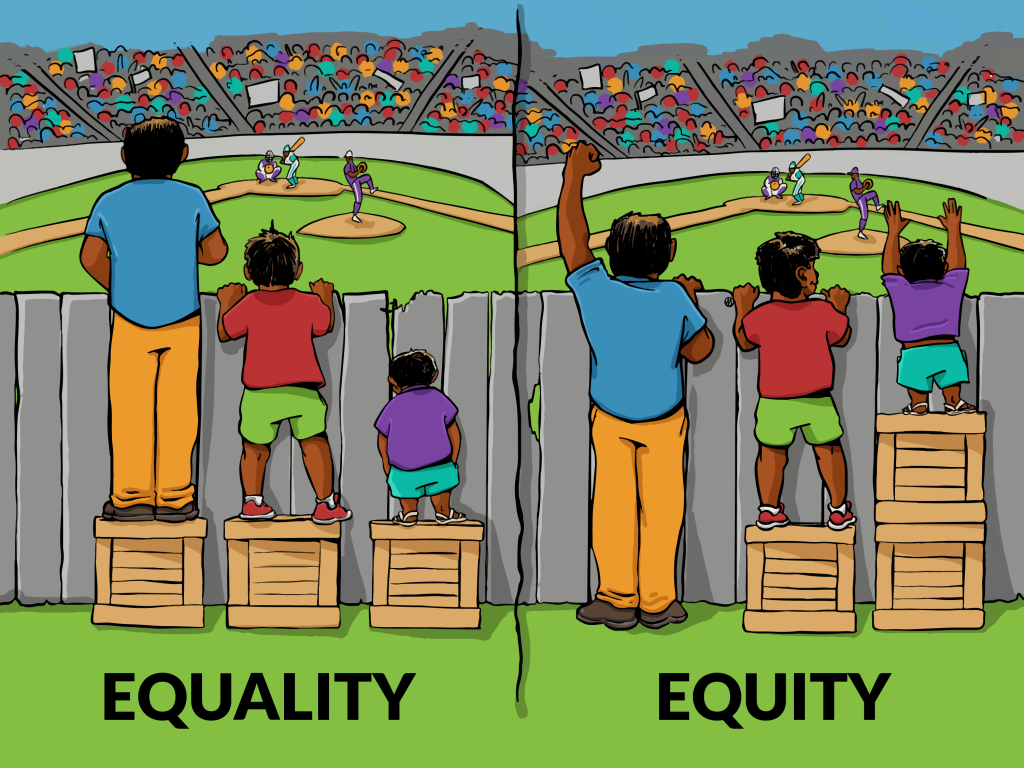Definition of Gender Related Terms
GENDER: socially constructed beliefs, expectations, customs and practices within a society that define ‘masculine’ and ‘feminine’ attributes, behaviours and roles and responsibilities. often specific to members of a given community. They can and do change over time. They vary across cultures.
They are socially and culturally constructed characteristics and behaviours ascribed to women and men.
GENDER ROLES: These are the different tasks/responsibilities and expectations, the society has defined and allocated to men and women, girls and boys. Gender roles are not necessarily determined by biological make up and therefore they can change with time and according to situation.
PATRIARCHY: This is a system that accords men power, privilege, access and control over resources thereby making women subordinates.
It has been normalized over time that it’s natural for men to be in control and therefore cannot be challenged.
It is institutionalized in economic, political, social (marriage, education, family, religion) and cultural spheres of life.
Patriarchal social structures and institutions are sustained and strengthened by value-systems and cultural rules which propagate the notion of women’s inferiority to men.
The root causes of patriarchy include custom, tradition, culture, socialization, laws and religion. These may lead to gender based violence exclusion and marginalization of women & girls in decision-making and leadership.
GENDER-BASED VIOLENCE: is violence directed against a person because of their gender. Both women and men experience gender-based violence but the majority of victims are women and girls. This includes threats, coercion or arbitrary deprivations of liberty, whether occurring in public or private life”.
This also means any behaviour that causes physical, emotional, economical, psychological or sexual harm to a person because of their gender.
GENDER EQUITY: being fair to women and men according to their respective needs. It means fair treatment in terms of rights, benefits, obligations and opportunities and developmental process for women and men.
Equity is about ensuring that all people have the support needed to access, participate and achieve their full potentials. It means fair treatment in distribution of resources to women, men, boys and girls according to their respective needs for the purpose of fairness and justice.
Gender equity recognizes that each person has different circumstances and provides the resources and opportunities needed to reach an equal outcome.
GENDER EQUALITY: is when people of all genders have equal rights, opportunities, life chances, to access and control over valued goods and services.
It is a state of women, men , boys and girls exercising their social, economic, political and civil rights.
Equity is a means. Equality is a goal.
Equity takes cognizance of existing gaps and uses drastic measures to address them (e.g. Gender quotas, subsidies, capacity building, etc) to arrive at gender equality

GENDER NORMS: The societal definitions and expectations of what it means to be a woman or girl and a man or boy, as well as the sanctions for not adhering to those expectations. Gender norms vary across cultures and over time, and often intersect with other factors such as race, class, age and sexual orientation.
GENDER DISPARITIES: are gaps in development processes between women, men, boys and girls. These are as a result of customary practices, religious biases, social assumption, myths or taboos etc. where one gender is discriminated against to such an extent that it is prevented from getting its fair share of resources or services.
These disparities produce and reproduce inequalities.
Some of which include:
The persistent and increasing burden of poverty on women
Unequal access to education, training, health care and related services
GENDER ANALYSIS: It is the process to assess the differential impact of proposed or existing policies, programs, projects and legislation on men and women as a result of their social status, access to and control over resources, and decision making power.
The realities of men’s and women’s lives are clearly different therefore, equal opportunity does not necessarily, mean equal results.
It will often involve the collection and use of quantitative and qualitative sex-disaggregated data, which show the different status, conditions, roles, and responsibilities of women and men.
Shows areas where there are gender gaps that need to be addressed.
GENDER BLINDNESS: Policies, programs, projects (or people!) that fail to recognize that gender is a major determinant of the situation of, and choices available to women and men.
Gender-blind policies, programs or projects assume that people are a homogeneous group, performing the same roles, with equal powers and ability to negotiate and make choices. Therefore when planning programs, the same intervention is designed for both men and women.
GENDER EQUALITY AND SOCIALLY INCLUSION: Strategy to ensure women’s and men’s concerns and experiences are included in the design, implementation and evaluation of policies and programs. This concepts always asks the question who else? – The answer should include several subsets of vulnerable persons e.g persons with disabilities.
GENDER BUDGETING: Is a budgeting method that takes account of how a government or organizational budget affects men and women, boys and girls.
A gender budget does not mean creating separate budgets or looking for additional resources for women or men seperately. It involves an analysis of a total budget with regards to benefits of the population by gender
GENDER MAINSTREAMING: means integrating a gender equality perspective at all stages and levels of policies, programmes and projects. The conditions, experiences, concerns and needs of men and women differ from communities, ethnic groups, religion, age and so many other factors. These conditions include unequal access to and control over power, resources, human rights and institutions, including the justice system. Gender mainstreaming looks into the differences and mainstreams them into the project cycle.



wow… gender should be mainstreamed in all stages of programming.
thanks for sharing. very helpful and comprehensive to easy understanding. Victor form RATEI